Curious about what really happens during a full body massage?
Whether you’re booking your first appointment or just want to know what to expect, this relaxing experience offers more than just pampering. A full body massage can ease muscle tension, improve circulation, and help you de-stress from head to toe.
In this complete guide, we’ll walk you through everything you need to know — from the different types of massage techniques to the benefits and how to prepare. With the right approach, your massage session can leave you feeling calm, refreshed, and completely at ease.
Benefits of Full Body Massage
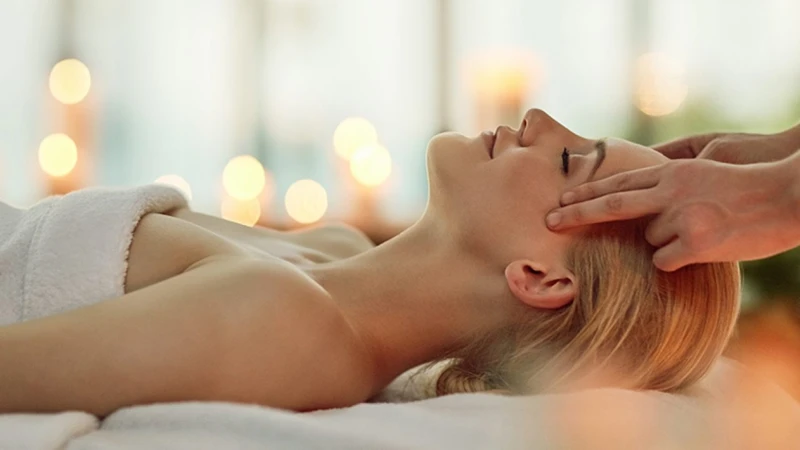
- Relaxation: A full body massage can help relax your muscles and help reduce stress. It can also provide an overall feeling of relaxation and well-being.
- Pain Relief: A full body massage can help reduce pain caused by muscle tension, muscle spasms, or chronic pain. It can help improve range of motion and flexibility.
- Improved Circulation: Massage can help improve circulation by increasing the flow of oxygen and nutrients to your cells. This can help reduce inflammation and improve overall health.
- Boosted Immunity: Massage has been shown to help boost the immune system, which can help fight off colds and other illnesses.
- Improved Sleep: Massage can help improve the quality of your sleep, helping you to get more restful and restorative sleep.
- Increased Energy: A full body massage can help boost your energy levels, helping you to feel more alert and energized throughout the day.
When getting a full body massage, you can expect all of these benefits and more. Massage can help improve your overall health and wellbeing, and it can be a great way to relax and unwind.
Types of Full Body Massage
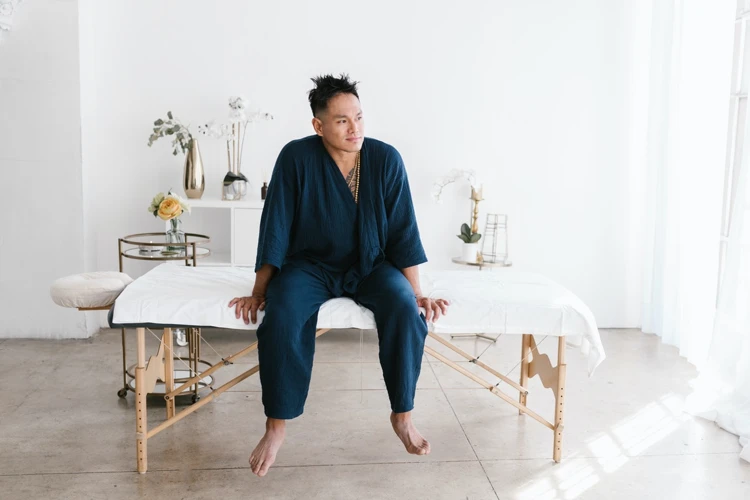
Swedish Massage
The most popular type of massage, Swedish massage is a gentle form of massage that uses long strokes, kneading, deep circular movements, vibration, and tapping to help relax and energize you.
Deep Tissue Massage
Deep tissue massage is a type of massage therapy that focuses on realigning deeper layers of muscles and connective tissue. It is especially helpful for chronic aches and pains and contracted areas such as stiff neck and upper back, low back pain, leg muscle tightness, and sore shoulders.
Hot Stone Massage
Hot stone massage is a specialty massage where the therapist uses smooth, heated stones as an extension of their own hands, or by placing them on the body. The heat can be both deeply relaxing and help warm up tight muscles so the therapist can work more deeply, more quickly.
Sports Massage
Sports massage is a type of massage that is specifically designed for people who are involved in physical activity. It is used to help prevent injuries, to prepare the body for athletic activity and maintain it in optimal condition, and to help athletes recover from workouts and injuries.
Reflexology
Reflexology is a type of massage that involves applying pressure to certain points on the feet, hands, and ears. It is based on the idea that different points on the body correspond with different parts of the body. It is believed to help promote relaxation and reduce stress.
Preparing for your Full Body Massage
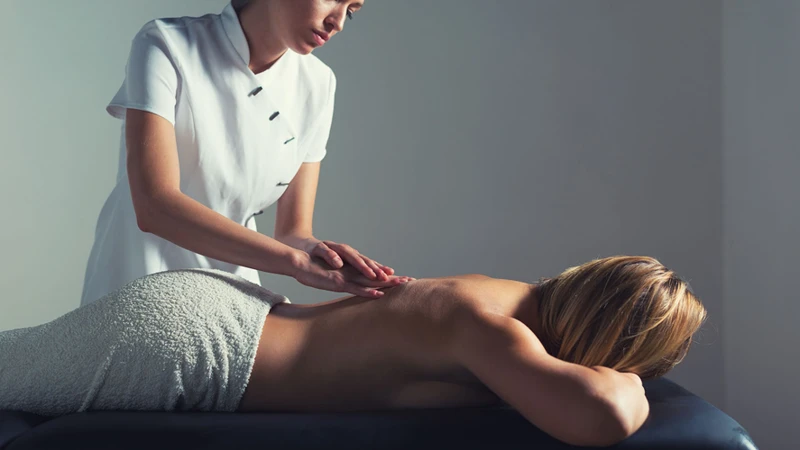
- Shower: Taking a shower prior to your massage will help you feel relaxed and refreshed.
- Clothing: Wear loose, comfortable clothing for your massage. Avoid wearing jeans, as they may be too tight or restrictive.
- Timing: Try to arrive a few minutes early so that you can get settled in and relax before your session.
- Communication: Let your massage therapist know what areas you would like them to focus on and any areas that are off-limits.
- Hydrate: It is important to drink plenty of water before and after your massage to help flush out toxins that may have been released during your session.
- Mental Preparation: Take some time to relax and clear your mind before your massage. This will help you get the most out of your session.
What to Expect During a Full Body Massage
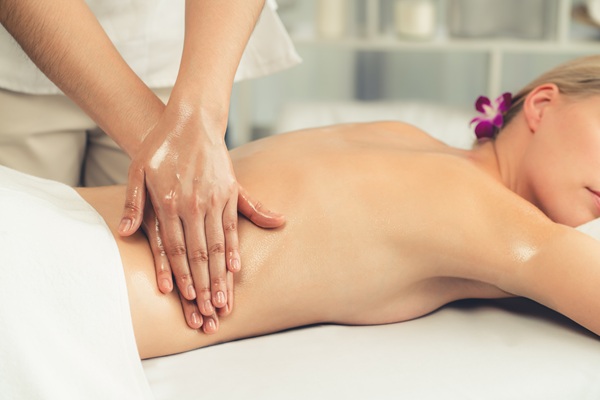
1. Consultation: Before the massage begins, your massage therapist will ask you about your medical history, any areas that need special attention, and your desired pressure and level of comfort.
2. Undressing: You will be asked to undress to your comfort level and get under the sheet or towel on the massage table.
3. Massage:
- Your massage therapist will use a variety of massage techniques, including long, flowing strokes, kneading, and circular movements to relax your muscles.
- The therapist may also use a massage oil or lotion, if desired.
- Your massage therapist will check in periodically to make sure the pressure and level of comfort are to your liking.
4. Finishing: Once the massage is complete, your massage therapist will leave the room and allow you to get dressed. They will come back in and discuss any areas that need further attention.
Aftercare for your Full Body Massage

Hydrate: Drink lots of water after your massage, as it helps flush metabolic wastes from your body. This will also help you get the full benefit of the massage.
Avoid Alcohol: Avoid drinking alcohol after your massage as it can dehydrate you, weaken your immune system, and make it more difficult to relax.
Avoid Heavy Physical Activity: Avoid doing any strenuous physical activity after your massage, as it can over-stimulate your body and cause discomfort.
Take a Warm Bath or Shower: Taking a warm bath or shower after your massage can help relax your body and reduce any soreness.
Get Plenty of Rest: Make sure to get plenty of rest after your massage to allow your body to recuperate and heal.
Eat Healthy Foods: Eating healthy foods after your massage will help replenish your body with the nutrients it needs.
Follow Up with Your Massage Therapist: Make sure to follow up with your massage therapist to discuss any questions or concerns you may have about your massage.
⚠️ Are There Any Side Effects of a Full Body Massage?

While full body massage is generally safe and highly beneficial, it’s important to be aware of a few potential side effects — especially if it’s your first time or you have underlying health concerns.
🟢 Mild soreness or tenderness
It’s common to feel a bit sore after a massage, especially if deeper pressure was used. This tenderness is temporary and usually fades within a day or two.
🟢 Bruising
Some people may experience light bruising, particularly if they have sensitive skin or tight muscles. To reduce the risk, let your therapist know about any sore or tender areas beforehand.
🟢 Headache, fatigue, or lightheadedness
These symptoms can occur as your body releases built-up tension and toxins. Rest and hydration typically help these effects pass quickly.
🟢 Allergic reactions
Rarely, people may react to massage oils or lotions. Always inform your massage therapist of any allergies or skin sensitivities before the session starts.
💧 Pro tip: Drink plenty of water after your massage to stay hydrated and help flush out toxins.
Bottom line?
Full body massages are safe for most people and offer a wide range of benefits. If you notice any unusual or prolonged symptoms after your session, don’t hesitate to speak with your therapist or a healthcare professional.
Cost of a Full Body Massage
A full body massage typically costs from $45 to $300 depending on several factors such as the type of massage, the experience of the massage therapist, and the location of the massage. For example, a deep tissue massage may cost more than a Swedish massage. Additionally, massage therapists with more experience will likely charge more than those with less experience. Furthermore, a full body massage at a spa may cost more than one at a massage clinic.
| Type of Massage | Price Range |
|---|---|
| Swedish | $45 – $120 |
| Deep Tissue | $100 – $200 |
| Sports | $100 – $200 |
| Hot Stone | $150 – $300 |
Frequently Asked Questions
How often should I get a Full Body Massage?
The frequency of full body massages depends on the individual and their specific needs. It is best to get a massage as often as is needed to achieve the desired results. This could be as often as once a week, or as little as once a month. It is also important to note that regular massages can have a cumulative effect, meaning that the more often a massage is received, the more noticeable the results will be.
What should I wear for a Full Body Massage?
When receiving a full body massage it is important to dress appropriately and comfortably. Loose-fitting, lightweight clothing is ideal. It is recommended to avoid any clothing that restricts movement or blood circulation. If you are uncomfortable undressing, you may opt to wear underwear, but many massage therapists prefer you to be fully undressed. If you do decide to keep some clothing on, make sure that it is not too restrictive. It is also important to remove any jewelry or watches that may interfere with the massage.
Are there any health conditions that may contraindicate a full body massage?
Certain health conditions may make a full body massage contraindicated, including deep vein thrombosis, severe arteriosclerosis, uncontrolled diabetes, and certain skin conditions. Additionally, pregnant women should only receive a full body massage with the permission of a healthcare professional. If a person has any of these conditions, they should consult a healthcare provider before receiving a full body massage.
What are the Benefits of a Full Body Massage?
A full body massage can provide numerous physical and psychological benefits, including improved circulation, decreased stress, and increased relaxation. Additionally, massage therapy can help to reduce pain, improve posture, reduce scar tissue, and improve range of motion. Regular massage can also help to improve mental clarity and mood, as well as promote an overall sense of wellbeing.
What parts of the body are included in a full body massage?
A full body massage includes massage of the neck, arms, shoulders, chest, back, abdomen, legs, and feet. In some cases, the massage may also include the scalp and face.
- Neck: Massage of the neck helps to relieve tension and pain in the neck, shoulders and upper back.
- Shoulders: Massage of the shoulders can help to relax tight muscles, reduce pain and increase range of motion.
- Chest: Massage of the chest helps to improve circulation, reduce stress and tension, and promote relaxation.
- Back: Massage of the back helps to release tension and improve flexibility.
- Abdomen: Massage of the abdomen helps to improve digestion, reduce bloating and cramping.
- Legs: Massage of the legs helps to reduce fatigue, improve circulation and reduce muscle soreness.
- Feet: Massage of the feet helps to reduce tension, improve circulation and stimulate the reflex points.
- Scalp and Face: Massage of the scalp and face helps to relax and reduce stress and tension.
Final Thoughts
A full body massage is one of the most effective ways to relax, recharge, and support your overall wellness. From easing stress and muscle tension to boosting circulation and promoting better sleep, the benefits are both immediate and long-lasting.
Before your session, take a few moments to communicate openly with your massage therapist about your goals and any health conditions. This helps tailor the experience to your unique needs.
With the right preparation and mindset, your massage can be more than just a treat — it can become an essential part of your self-care routine.
📚 References
- National Center for Complementary and Integrative Health: Massage Therapy
- Mayo Clinic – Benefits of Massage Therapy
- Healthline – How Often Should You Get A Massage?
⚠️ Disclaimer:
This article is for informational purposes only and does not constitute medical advice. Always consult with a licensed healthcare provider or certified massage therapist before beginning any new treatment, especially if you have pre-existing health conditions or concerns

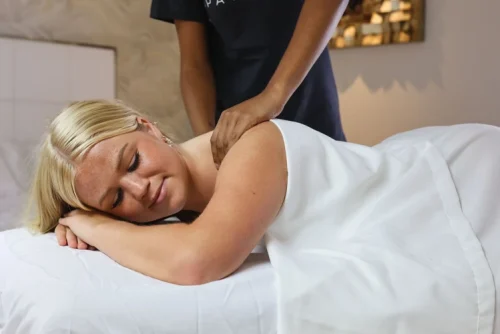


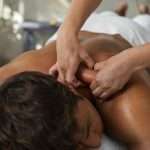
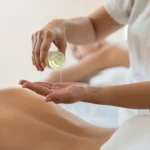


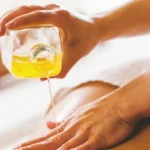


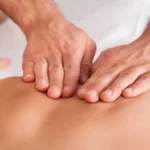


Yes! Finally someone writes about full body massage!